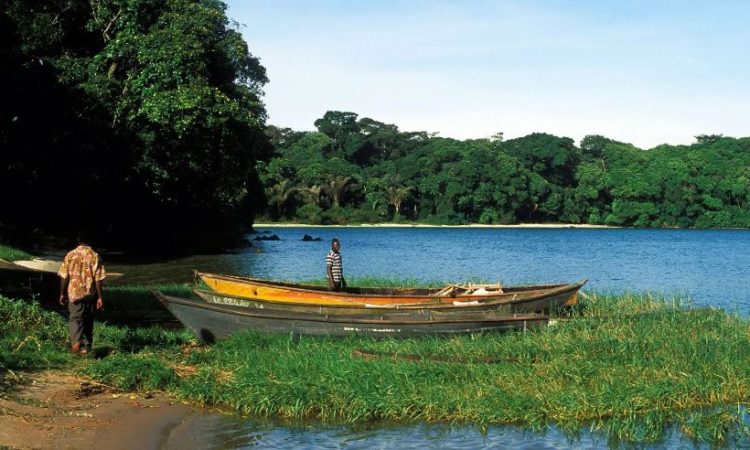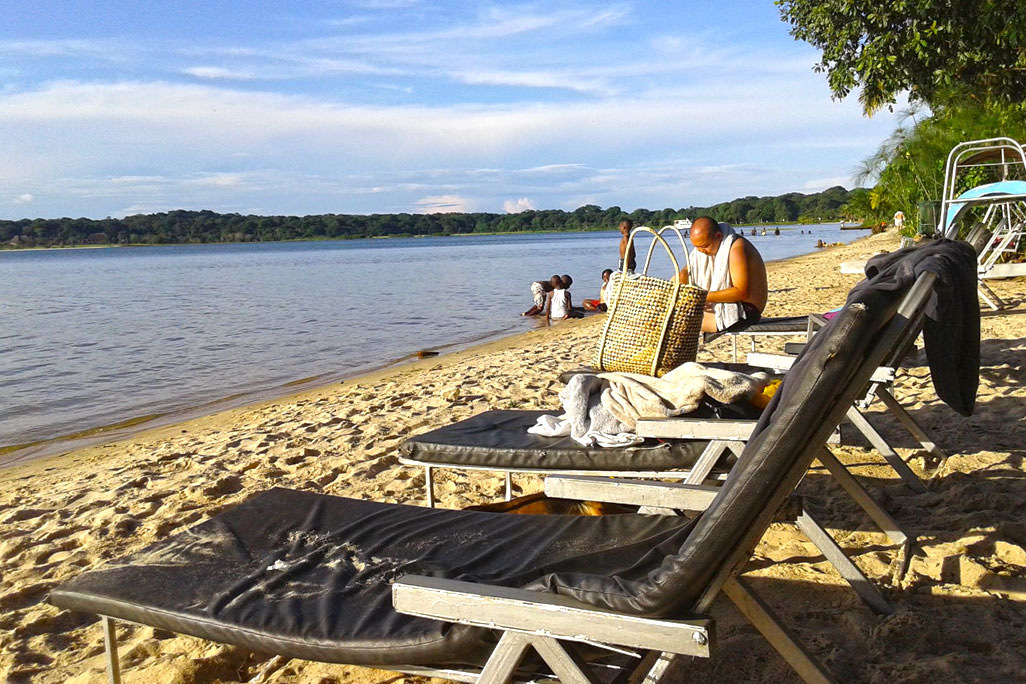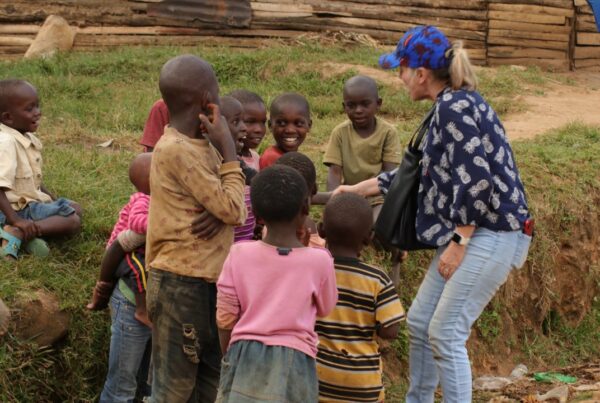Packing Essentials — Ssese Islands Cultural Tour for Photographers
Where Culture, Nature, and Photography Collide
Few destinations in East Africa hold the charm, serenity, and cultural richness that the Ssese Islands on Lake Victoria offer. Spread across a cluster of more than eighty-four islands, this archipelago is a breathtaking combination of lush tropical forests, sandy beaches, traditional fishing villages, and deeply rooted cultural heritage. To a photographer, the Ssese Islands are not merely a stop on a journey but a canvas where every angle reveals a story waiting to be captured. Whether the subject is a fisherman casting nets at dawn, a child dancing during a traditional ceremony, or the golden hues of the sun setting over Lake Victoria, the Ssese Islands transform lenses into portals of memory.
For those embarking on a cultural tour of the Ssese Islands, especially photographers seeking to immortalize the journey, the question of what to pack becomes central. Unlike casual travelers who may carry light belongings, photographers must balance equipment, cultural awareness, and practical essentials. Yet packing is not only about cameras and lenses. It is about ensuring comfort, cultural respect, environmental responsibility, and readiness to capture fleeting yet powerful moments.
This guide unfolds with a structured explanation of packing essentials for photographers traveling to the Ssese Islands for cultural tours. It dives into photography gear, clothing, health and safety items, cultural etiquette considerations, accommodation realities, and even culinary explorations—all while highlighting how careful preparation enhances not only the photographs taken but also the depth of the traveler’s engagement.
The Cultural Allure of the Ssese Islands
The Ssese Islands are not solely about tropical beaches and picturesque landscapes. They are also home to communities whose traditions and customs have been shaped by centuries of life on Lake Victoria. Music, dance, and storytelling play a central role in the cultural identity of the islands, with festivals and ceremonies often showcasing drumming, vibrant attire, and oral histories. Fishing remains a way of life, and markets bustle with energy as villagers trade not only fish but also crafts, woven mats, and produce cultivated on the fertile soils.
For photographers, the cultural dimension is as compelling as the natural one. Portraits of fishermen at work, close-ups of artisans weaving crafts, and wide shots of community gatherings bring life into travel photography. Yet these opportunities also demand a sensitivity that cannot be carried in equipment alone. The cultural allure calls for preparation, respect, and readiness to adapt. Packing, therefore, must be approached with the intent to document respectfully while ensuring minimal disruption to the rhythm of island life.
Preparing the Photographer’s Toolkit
The camera equipment carried on a Ssese Islands cultural tour forms the heart of the experience. Yet it is not enough to carry a camera body and a single lens. Photographers must prepare with a versatile yet practical toolkit that enables adaptability across landscapes, cultural moments, and challenging light conditions.
A sturdy camera body that can endure humidity is essential. Lenses must be chosen not only for their creative potential but also for their utility in diverse settings. Wide-angle lenses capture sweeping landscapes and the expansiveness of Lake Victoria, while portrait lenses highlight intimate cultural expressions. Telephoto lenses allow for respectful distance when photographing ceremonies or wildlife. Spare batteries and memory cards are invaluable, as electricity may not always be accessible in remote villages or while out exploring.
Protection for equipment is equally critical. The tropical climate of the Ssese Islands means humidity and sudden rain showers are common. Waterproof camera bags, silica gel packs, and lens cleaning kits must be part of the packing plan. Tripods, although sometimes cumbersome, are necessary for stable night shots of the island skies or long exposures of fishing boats on the water. Yet packing lightly enough to remain mobile across ferries, sandy beaches, and village trails requires balance. Each item must be considered not only for what it enables but also for how it weighs on the overall journey.
Clothing Essentials for Photographers
Clothing on a cultural tour is more than protection from weather—it becomes a medium through which cultural respect and personal comfort are balanced. For the Ssese Islands, lightweight yet modest clothing is advisable. Photographers must often move between natural landscapes and community gatherings, and attire that is breathable, respectful, and adaptable is best suited.
Neutral colors are recommended for blending into cultural events without distracting participants or altering the authenticity of the scene. Bright or overly branded clothing risks drawing attention away from the subjects being photographed. Comfortable walking shoes are vital, as sandy beaches, forest trails, and community paths demand endurance. Rain jackets and quick-drying fabrics prepare photographers for sudden showers without hindering mobility.
For evenings, when cultural gatherings or communal meals may occur, carrying slightly more formal attire conveys respect for hosts. Scarves or shawls also serve multiple purposes, from modesty in cultural contexts to warmth during breezy evenings near the lake. Through clothing, photographers express not only preparedness but also their willingness to engage with dignity.
Health and Safety Provisions
No packing list for long or intensive cultural tours is complete without health and safety essentials. The Ssese Islands, while beautiful, present conditions that demand preparation. Malaria remains a risk, making prophylaxis, insect repellents, and mosquito nets necessary. Sunscreen and wide-brimmed hats protect against strong equatorial sun, particularly during long hours of outdoor photography.
Carrying a small medical kit with antiseptic, bandages, and pain relief ensures readiness for minor injuries or fatigue. Hydration must also be prioritized, with reusable water bottles enabling sustainability while ensuring constant access to safe drinking water. Snacks such as energy bars provide sustenance during long photography sessions when access to meals may be limited.
Safety extends to navigation and communication. Maps, whether digital or physical, help in navigating remote islands, while local SIM cards ensure connection for emergencies or logistical coordination. These essentials transform packing into a safeguard for both health and peace of mind, allowing photographers to focus on cultural and creative pursuits.
Respecting Cultural Etiquette Through Packing
Packing for a cultural tour involves not only physical essentials but also symbolic ones. Certain items, when carried, demonstrate cultural respect and openness. Small gifts, such as notebooks, pens, or simple crafts, may be appreciated by communities who share their time and allow their traditions to be photographed. Carrying a phrasebook or guide to local languages is equally valuable, enabling photographers to greet and thank subjects in their native tongues.
Packing a notebook for journaling reflects an attitude of listening and learning, rather than mere consumption of cultural experiences. Respectful participation requires readiness to sit, observe, and sometimes put the camera aside. Items that foster humility and connection—whether a shared meal, a gesture of appreciation, or a simple smile—become intangible yet essential parts of the packing plan.
Accommodation Realities and Packing Implications
Staying on the Ssese Islands often involves rustic lodges, guesthouses, or eco-friendly accommodations. These settings, while charming, may not provide all the conveniences of urban hotels. Packing must therefore include essentials that compensate for limited infrastructure. Flashlights or headlamps prove vital in areas with intermittent electricity, while portable chargers keep photography gear functional. Lightweight bedding or travel sheets may enhance comfort in modest accommodations.
Packing toiletries with environmental sensitivity is also crucial, as the islands’ ecosystems are delicate. Biodegradable soap, shampoo, and toothpaste ensure that personal hygiene does not compromise the health of Lake Victoria’s waters. For photographers staying longer, laundry provisions such as detergent strips and clotheslines allow self-sufficiency without reliance on facilities that may be limited.
Through such practical inclusions, the packing list transforms into a support system that sustains photographers through both the creative and daily realities of island life.
The Culinary Dimension of Packing
The Ssese Islands offer a culinary experience that is as photographic as it is flavorful. Freshly caught tilapia, grilled to perfection, matoke served with groundnut sauce, and tropical fruits bursting with color become irresistible subjects. Photographers often find themselves capturing not only people but also the artistry of food presentation in markets and homes.
Packing for this dimension involves readiness to engage with food both visually and physically. Carrying cutlery, reusable containers, and water purification tools ensures that meals can be enjoyed safely and sustainably. Travel spices or condiments may enhance meals during remote excursions. Most importantly, an openness to tasting local foods, while respecting dietary customs, allows the culinary journey to complement the photographic one.
Capturing the Night: Special Gear for Photographers
The Ssese Islands at night reveal a different personality. The skies, unspoiled by urban pollution, glisten with stars, while villages may glow softly from lanterns or fires. Cultural gatherings often continue into the evening, with drumming and dance unfolding under moonlight. For photographers, these moments demand specialized gear.
Packing a sturdy tripod becomes indispensable for long exposures. Remote shutter releases prevent blurring, while wide-aperture lenses allow for low-light creativity. Extra lighting, whether portable LED panels or reflectors, provides subtle enhancement without disrupting natural ambiance. For long-stay photographers, experimenting with astrophotography also becomes possible, capturing Lake Victoria under a canopy of stars.
Balancing Creativity with Sustainability
Photographers have a responsibility not only to capture beauty but also to protect it. Packing with sustainability in mind ensures that cultural and environmental integrity is preserved. Reusable water bottles, eco-friendly bags, and waste reduction strategies minimize impact. Batteries must be disposed of properly, and photographers must avoid leaving behind plastic or non-biodegradable materials.
Respect for the cultural environment also guides sustainability. Packing items that reduce intrusion—such as silent shutter cameras or lenses that allow respectful distance—ensures photography does not disrupt rituals or ceremonies. The goal is to create without consuming, to capture without altering, and to leave the Ssese Islands as pristine as they were found.
Packing as a Pathway to Immersion
A cultural tour of the Ssese Islands is not merely a trip; it is a journey into a living mosaic of tradition, nature, and human resilience. For photographers, packing becomes a form of storytelling preparation, where every item carried enables a deeper immersion into the island’s rhythm. Cameras and lenses record moments, but clothing, health provisions, cultural respect, and sustainability practices ensure that those moments are captured with dignity and care.
The essentials extend beyond material possessions to include an attitude of openness, patience, and humility. In this way, packing transforms from a checklist into a philosophy of travel—one that recognizes the interconnectedness of creativity, respect, and responsibility.
For those inspired to embark on this photographic and cultural journey, it is recommended to book your African tours and safaris with WildHorn Africa, a trusted guide committed to delivering authentic, safe, and transformative experiences across Uganda and beyond. With their expertise, a cultural tour of the Ssese Islands becomes more than an expedition—it becomes a lifetime memory immortalized through the lens.





 WildHorn Africa – Authentic and unforgettable tours across Africa, guided by local experts who know the land, wildlife, and culture best.
WildHorn Africa – Authentic and unforgettable tours across Africa, guided by local experts who know the land, wildlife, and culture best.


